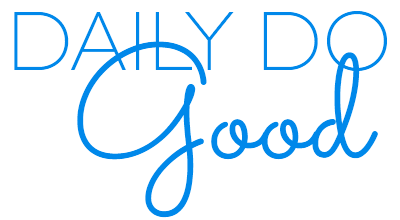Since the 1980's, an increasing number of studies have focused on the potentially beneficial relationship between humans and animals. Pets can help lower blood pressure and heart rate, according to the Centers for Disease Control, and can produce oxytocin, according to a study from the National Center for Biotechnology Information.
At Heeling House, this week's DDG featured org, children with special needs interact with highly trained therapy dogs. The animals can help the kids learn a range of abilities from fine motor skills to socialization to executive function. For instance, the Animal Assisted Applied Behavior Analysis Program employs dogs as models of good behavior and examples of socially appropriate interaction or sensory processing. Heeling House also offers programs focused on reading, STEM skills, and an ABA-based small group training for children on the autism spectrum.
Heeling House was founded by Kathy Benner, an animal behavior expert, who has spent her career working with animals from penguins to llamas. Her background is reflected in the wide spectrum of training programs for animals, which includes multiple levels of animal-assisted training, and a canine good citizen course. Never fear, however, as Heeling House employs human specialists as well -- that is, people who specialize in people. (Pssst... click here for a couple of work opportunities). A degree in behavioral sciences isn't required, however. Volunteer applications are available.

















